What to expect from luxury watches in 2020
Luxury steel sports, sustainability and surprise releases: it’s going to be an interesting year.
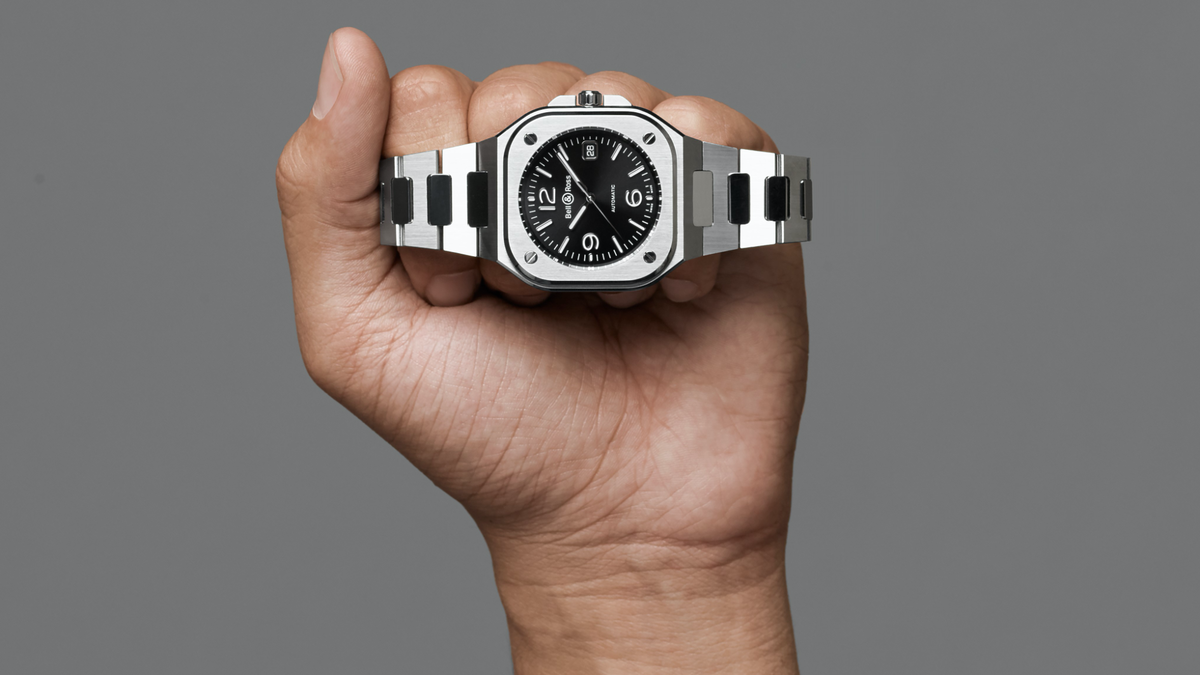
Luxury watches are typically sold under the premise of a precious object designed to last for generations; the reality is that they’re a high-end consumer good, much like any other.
With this comes the impetus for watches to keep up with (or even better, drive) fashions. The trends might not be as fast-moving as in other parts of the fashion world, but they move nonetheless.
In the interest of keeping you informed (and separating fashion from fad), we’ve identified some key trends you can expect to see on wrists in 2020.
More integrated bracelets
The phenomena of what’s known as the ‘luxury steel sports watch’ is already white-hot, but its peak is still a way off. And while the descriptor might seem straightforward enough, it’s an incredibly specific look, mainly based on the immensely popular Nautilus and Aquanaut models from Patek Philippe, and the Royal Oak from Audemars Piguet.
The Nautilus and Royal Oak were born in the 1970s and represented a shift in conceptualising what luxury meant in a watch. Made from steel but priced like gold, these distinctive models (both designed by Gerald Genta) have been hugely significant.
In the last few years, they’ve also becoming practically impossible to buy at retail, with waiting lists often quoted at around 10 years. Of course, you can buy one today if you’re happy to pay a hefty premium (about 250 per cent above retail for the standard steel reference 5711 Nautilus).
This scarcity represents a tremendous opportunity for other brands to offer their own interpretation of the style – which commonly provides a seamless link between the steel case and bracelet, widely referred to as integrated.
Some brands, such as Chopard with its Alpine Eagle, have revived long-dormant older models, while others, Like A. Lange & Söhne’s Odysseus and Bell & Ross’s BR 05, offer new melodies in the same key. Some are quick to decry this as opportunism; but the market wants what the market wants.
More greenness
This one’s a double act. First, we expect to see an uptick in green dials in 2020 – a natural evolution from the fact that blue now seems to be a standard offering along with black and white options.
As a dial colour, green is wildly chameleonic and varied; but the darker, more muted tones seem to be more favoured, offering everyday wearability with a flash of vivid personality here and there.
Secondly, we’re hoping to see an increased focus on sustainability in the watch industry. A few brands have been early adopters, such as Chopard, but it’s becoming a more significant part of the conversation and a more meaningful one. In 2020 it won’t be enough to have a straightforward charity tie-in. The focus will be on meaningful internal and supply chain change.
More drops
One lesson the watch industry has learned well from the broader fashion industry (and streetwear brands such as Supreme) is the benefits of a more fragmented release schedule, and a focus on product 'drops' – short, often surprise launches available shortly after release, a strategy very good at building anticipation and hype.
Just a few years ago the watch industry announced the majority of its new releases at two major trade fairs. Now that once-stable calendar is shattered, with major brands holding significant products back to ensure maximum visibility at critical moments, as well as releasing targeted models or limited editions to appeal to specific regions or markets.
Omega has been a pioneer in this space with their ‘Speedy Tuesday’ releases – limited edition Speedmasters made with the collector community in mind, announced online and all allocated within minutes.
More tones
One notable watch trend of the ‘80s was two-tone – that distinctive mix of steel and gold that offered aspiring yuppies a more accessible entry point into precious metals.
A few decades on, the bad taste this trend left in many mouths has washed away, and we’re now ready for another taste. Only this time around, we see more nuance and diversity in the execution of the look.
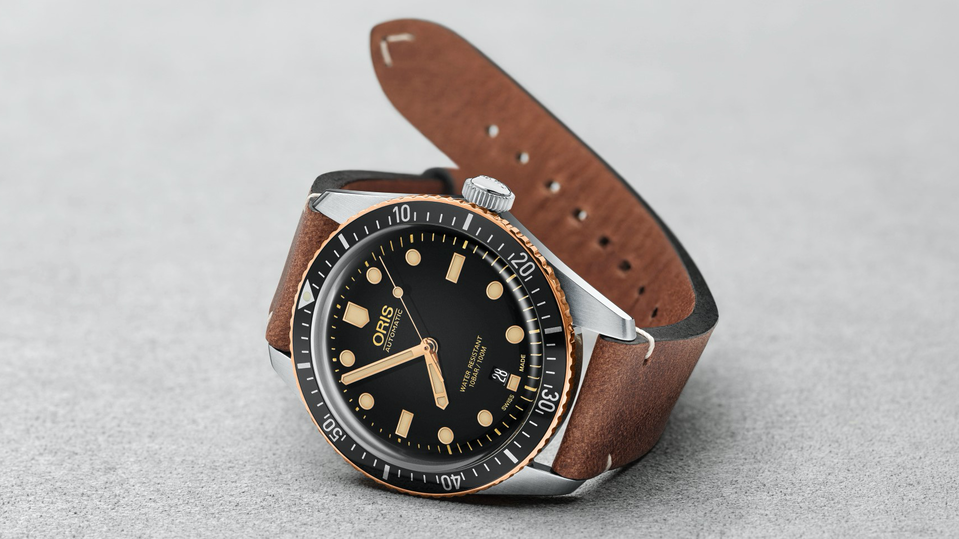
Tudor’s take on two-tone is more muted, thanks to using more subtle, brushed finishes on the gold. Other brands are pairing other materials for a new take on the trend: Oris has released a steel and bronze watch, while avant-garde designs from high-end makers such as Ulysse Nardin see sporty watches with carbon cases flecked with gold inclusions.
This is what we think we’ll be seeing in next year’s watch releases. But only time will tell if we hit the nail on the head.
Also read: Why James Bond’s latest Omega Seamaster is his most significant yet
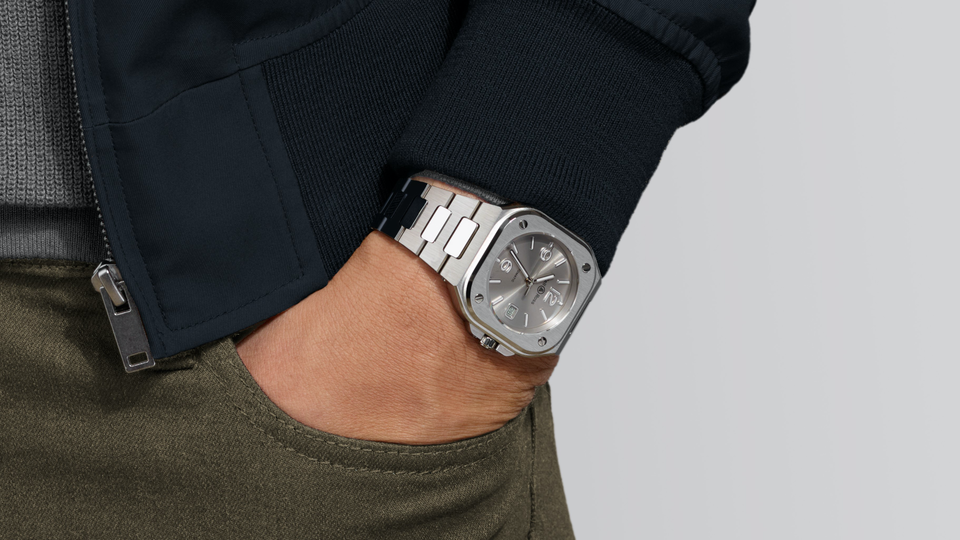
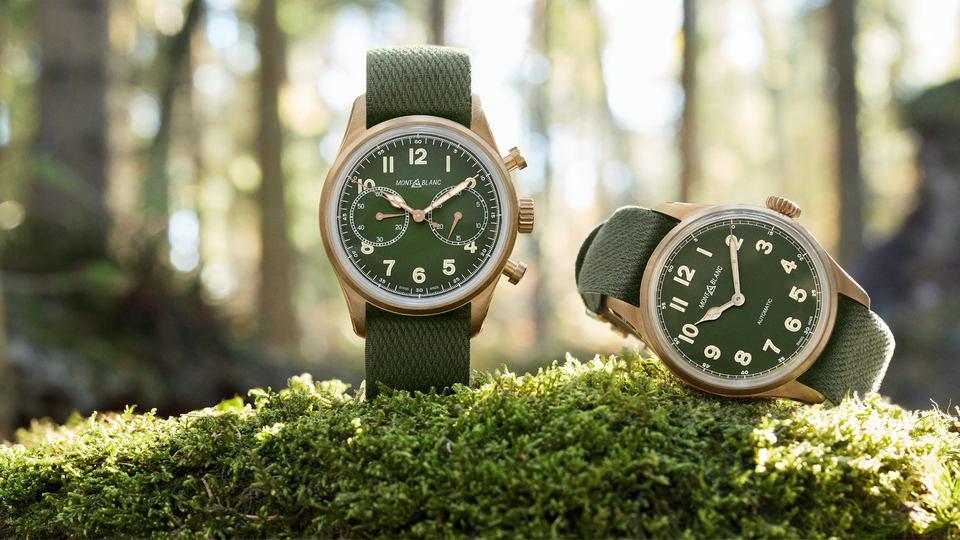
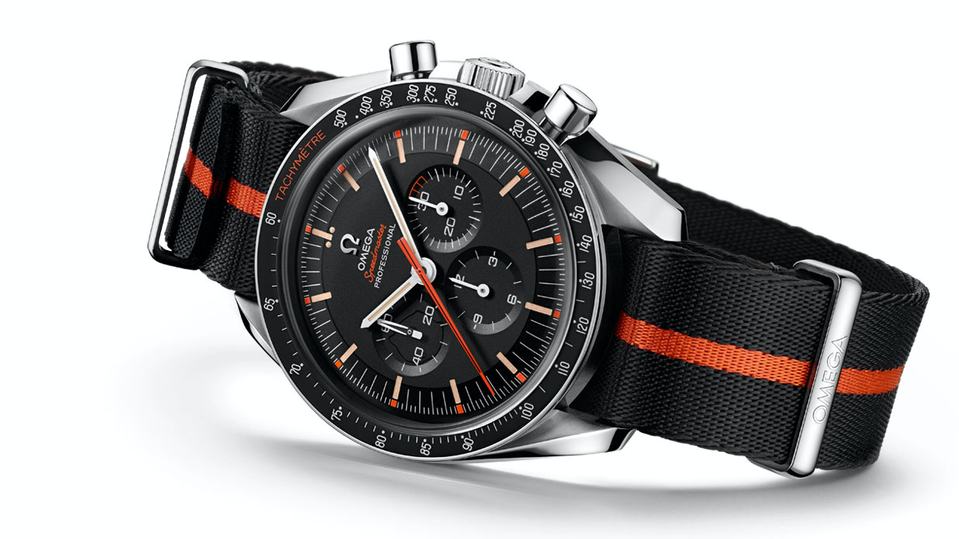

Hi Guest, join in the discussion on What to expect from luxury watches in 2020